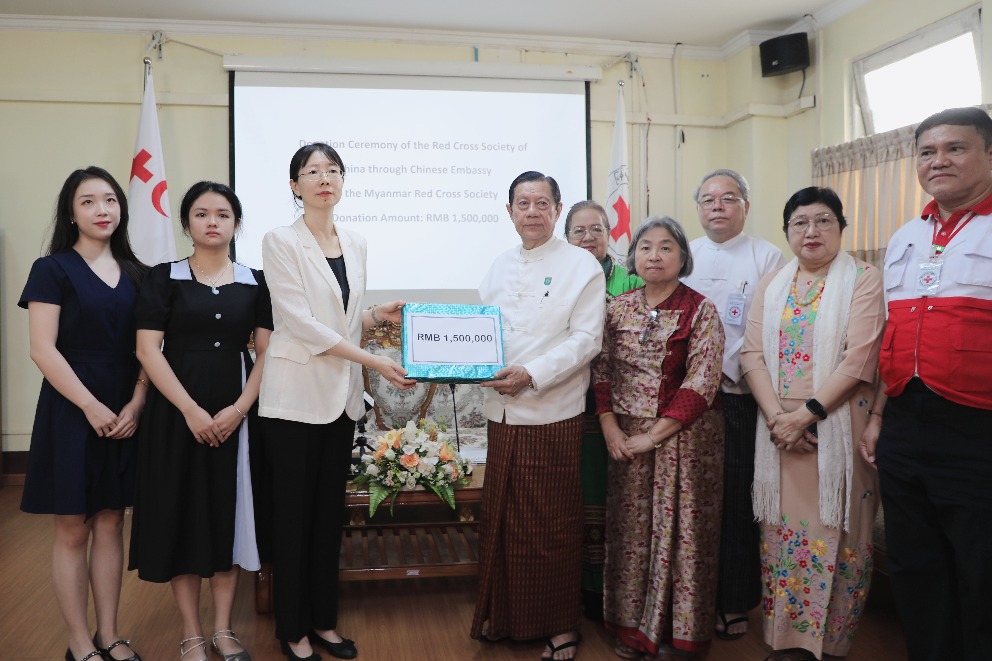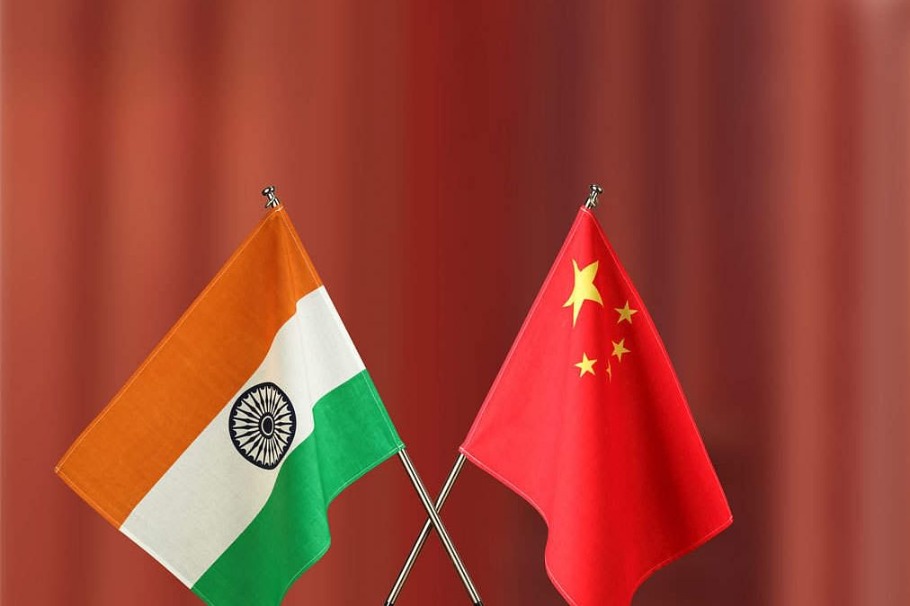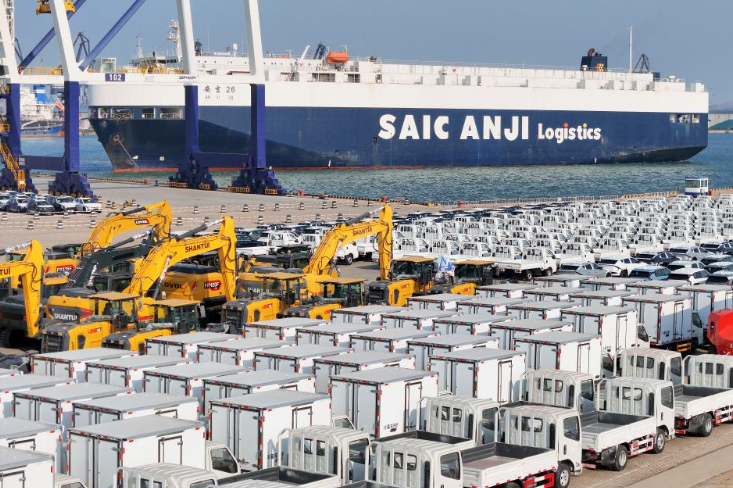Asia-Pacific likely to benefit from UN digital framework


The United Nations General Assembly in New York sees heads of state and governments engage in diplomatic dialogues on global issues every September. In 2024, in addition to the regular agenda, presidents, monarchs and prime ministers will gather for the Summit for the Future to assess the progress of the sustainable development goals halfway toward the 2030 target.
A distinctive feature of this summit will be the deliberation on and likely adoption of the UN's first global digital compact, or GDC.This pioneering international framework will guide nations in managing rapid digital transformation and addressing its potential uneven impacts.
It will do this by outlining international standards on shared principles for an open, free and secure digital future, addressing critical issues like digital connectivity, human rights online and the prevention of internet fragmentation globally.
The third revision of the recently published GDC zero draft by the UN tech envoy's office includes compelling provisions for involving the private sector, such as the tech industry and developers, to contribute to and implement the framework once adopted by member states.
Article 31(b) of the draft highlights the pivotal role of the private sector in fostering global digital inclusivity by urging digital technology companies and developers to cocreate industry accountability frameworks. These frameworks should define responsibilities and establish standards, acknowledging the historical leadership of the corporations in technological innovation.
The Asia-Pacific region is home to 4.3 billion people — more than half the world's population — but nearly 40 percent of them remain unconnected to the internet. Where digital divides persist and the population is rapidly digitizing, the stakes are particularly high.
Not only will the GDC close the governance gap by providing a framework that encompasses the development of digital infrastructure and services, but it also seeks to ensure digital benefits are accessible to all. This includes expanding affordable and reliable internet access, which is essential for economic development and social inclusion.
It is critical for governments in the region to actively participate in the GDC negotiations. It is especially essential to ensure that the aspirations and needs of their population are met, transforming the potential marketization of their population by global tech giants into real progress in reducing the digital divide.
We have witnessed the private sector playing a pivotal role in advancing digital inclusion as it possesses the resources necessary to drive innovation. In developing countries, the innovation of private tech companies acts as a catalyst for economic growth, new job creation, the emergence of new digital skills, increased financial inclusion through e-banking, and the growth of micro, small and medium-sized enterprises and start-ups.
However, the World Benchmarking Alliance's Digital Inclusion Benchmark 2023, which assesses the world's 200 most influential tech companies, found that only 14 percent have a corporate commitment to advancing digital inclusion. In the Asia-Pacific region, where only two-thirds of the population has internet access, the commitment to digital citizenship is even lower than the global trend.
For instance, only 12.2 percent of tech companies in the Asia-Pacific are committed to online safety for children, compared with a global average of 14 percent. Additionally, with women experiencing 10 percent less internet connectivity than men, only 28 percent of Asia-Pacific tech companies focus on digital inclusivity for women and girls.
As one of the fastest-growing regions globally with a robust economic digitalization appetite, projected to reach beyond a gross merchandise value of $4 trillion by 2030, governments in the Asia-Pacific must develop a unified stance for the forthcoming GDC.
This position should start by articulating essential provisions on corporate accountability in the GDC and further trickle down to regional and national regulatory frameworks that translate the ambition of an inclusive, safe and trustworthy digital transformation for local communities.
Key regulatory proposals for corporate accountability in the digitalization sector include setting a minimum threshold for domestic components in tech products and ensuring a higher representation of the local workforce compared with foreign labor to enhance the trickle-down effect of digital skills. Other key proposals include incentivizing the inclusion of startup products in larger tech supply chains and implementing industry-specific programs to scale up digital access, usage, skills and innovation. With such regulation in place, governments can prevent the possibility of self-regulation by the tech sector, which could potentially harm digital users.
All of these should also be consequential to the sustainability of the companies. Only by having the private sector on board with the digital transformation agenda, can Asia-Pacific fully unleash the benefits of innovation and technology in achieving the 2030 agenda.
The author is the Head of Digital Policy at the World Benchmarking Alliance, a global organization that assesses the 200 most influential tech companies globally on their performance on digital inclusion and the SDGs.
- Black people flee US in disgust with racism
- Boats carrying migrants capsize off San Diego; 8 dead, 7 missing
- Mexico announces $4b plan to boost food self-sufficiency amid US tariffs
- US treasury secretary mulls exit following tariff backlash: media
- Musk says he hopes for 'zero tariffs' between US and Europe

































